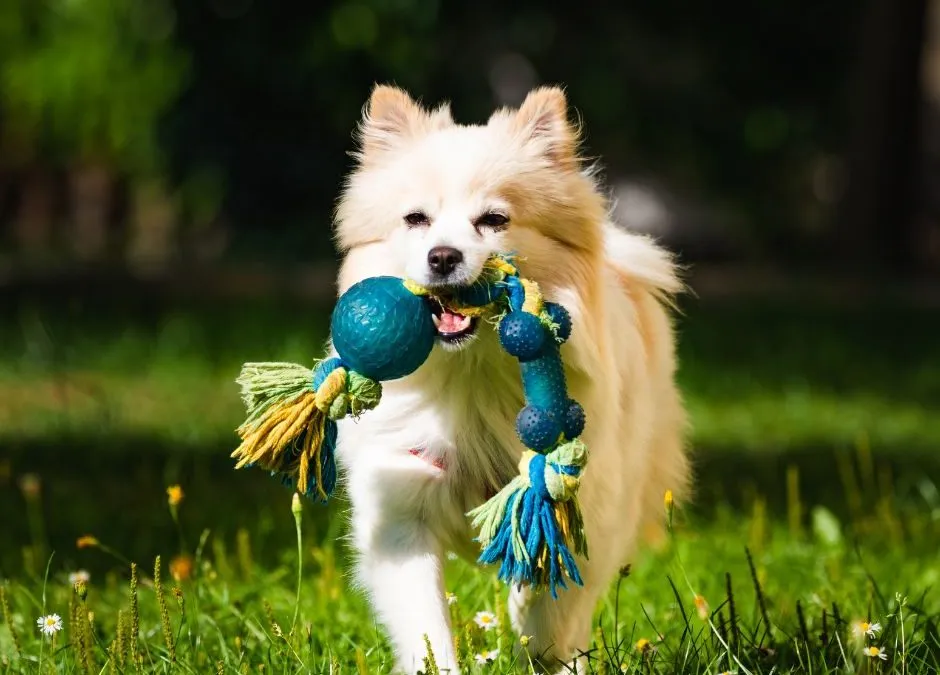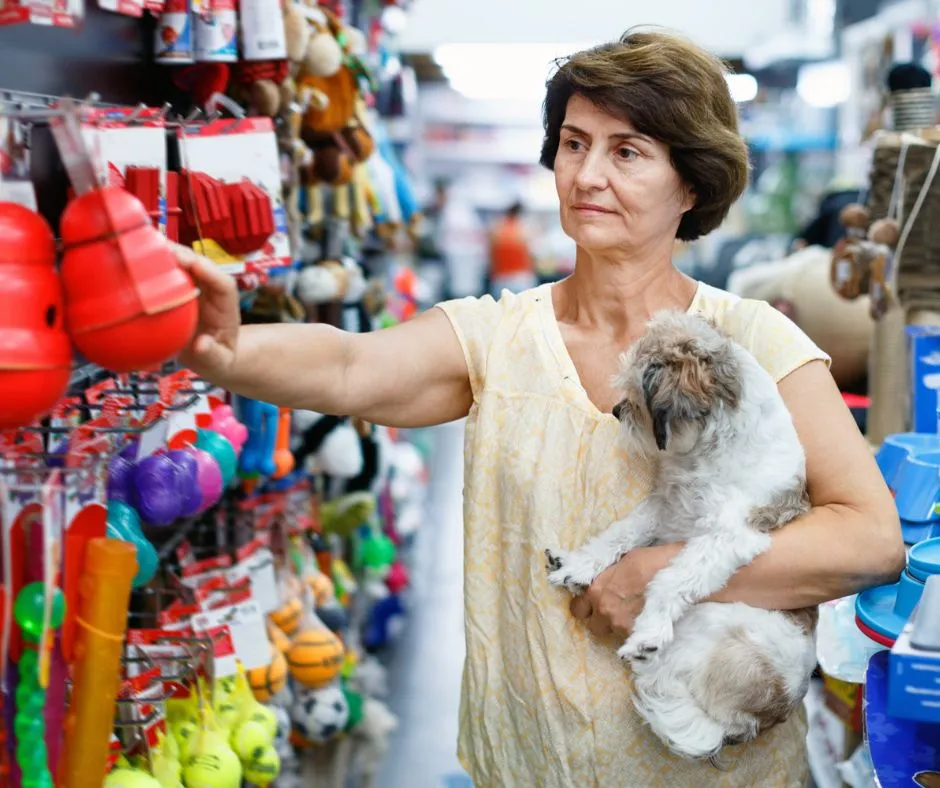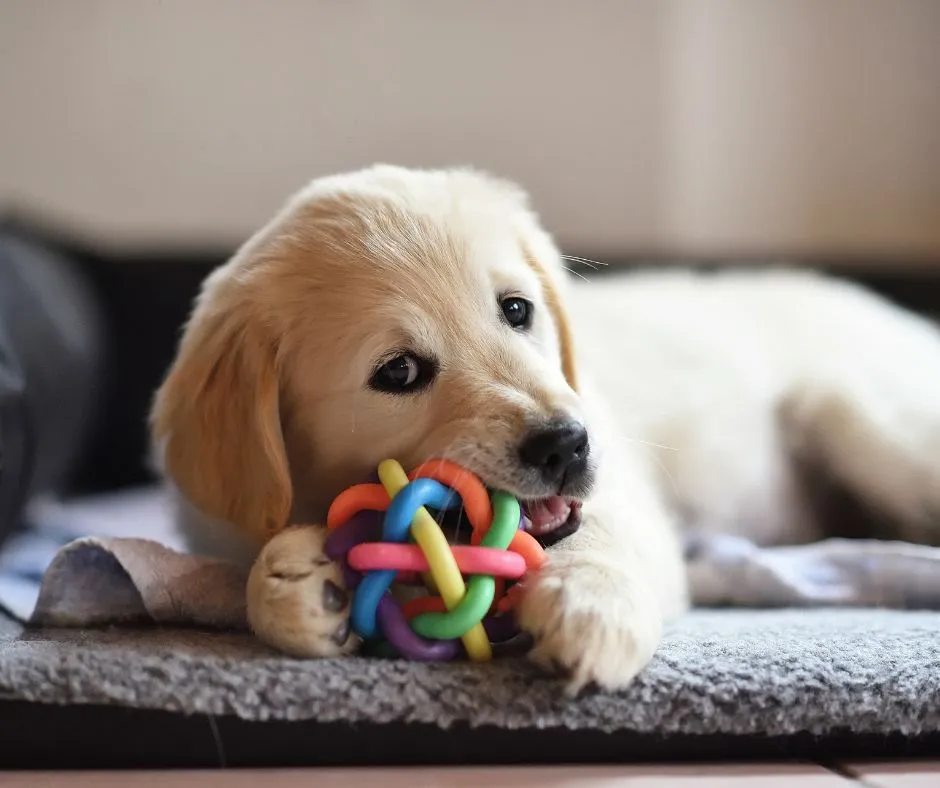Watching your dog eagerly chew on a new toy brings pure joy, but safety must come first with safe dog chews and non-toxic toys. These playthings aren’t just for fun—they support dental health, reduce stress, and prevent serious risks like choking or chemical exposure. In this guide, we’ll explore how to select the best safe dog chews, avoiding common pitfalls highlighted in veterinary warnings.
 Small dog playing with non-toxic chew toy
Small dog playing with non-toxic chew toy
Pet owners often overlook toy materials, yet they can harbor toxins linked to health issues. According to the Consumer Product Safety Commission, dog toys lack strict FDA regulation beyond human safety concerns. Prioritizing safe dog chews means scrutinizing every detail for your furry friend’s well-being.
For dogs that chew aggressively, consider options like long lasting dog bones for aggressive chewers to keep playtime engaging without risks.
Key Factors for Identifying Safe Dog Toys
Selecting safe dog chews involves evaluating materials, standards, size, and durability. Vets emphasize these elements to minimize ingestion hazards and long-term health threats.
Toy Materials
The foundation of safe dog chews lies in non-toxic materials. Plastics in some toys release harmful chemicals like BPA or phthalates, which can lead to gastrointestinal problems or worse. Opt for natural rubber, food-grade silicone, or organic fibers such as cotton and hemp—these withstand chewing without breaking down dangerously.
Veterinarians recommend Grade A natural rubber toys, as they mimic safe, pliable textures without sharp edges. Steer clear of unknown plastics by checking labels for transparency.
 Lady holding her dog while selecting safest dog chews and toys
Lady holding her dog while selecting safest dog chews and toys
Manufacturing Standards and Reputation
Reputable brands disclose their processes, avoiding toxic dyes, coatings, or adhesives. Review the FDA’s animal/veterinary recalls list regularly—frequent recalls signal quality issues. Trusted manufacturers earn endorsements from organizations like the ASPCA and pet care experts.
Choose brands with third-party testing for contaminants, ensuring safe dog chews that align with industry best practices.
Appropriate Size for Your Dog
Size mismatches cause most choking incidents. Small dogs need compact safe dog chews they can mouth comfortably, while larger breeds require thick diameters to prevent swallowing. Avoid toys with detachable parts like bells, strings, or beads that could lodge in throats.
Match toys to your dog’s breed and jaw strength—puppies and small breeds like Chihuahuas fare best with appropriately scaled options.
Durability Testing
Durable safe dog chews prevent splintering and tooth fractures. Rubber and nylon excel here, flexing under pressure without shattering. Perform the thumbnail test: If your nail indents but doesn’t pierce, it’s chew-worthy. Brittle materials risk cuts or blockages.
Regular inspections extend toy life; replace anything showing wear to maintain safety.
Popular Types of Safe Dog Chews and Toys
Tailor toys to your dog’s personality—chewers, chasers, or cuddlers—for optimal engagement. Here’s a breakdown:
Chew Toys: Ideal for dental cleaning and stress relief in power chewers. Sturdy rubber or nylon withstands tough jaws. For super chewers, try safe dog bones for aggressive chewers.
Interactive Puzzle Toys: Boost mental stimulation with treat-dispensing designs, perfect for bored indoor dogs.
Fetch and Tug Toys: Rope knots, balls, and discs promote exercise. Thick, non-fraying ropes ensure safe play.
Understand your dog’s age and style: Puppies need softer safe dog chews, seniors prefer gentler plush. Rotate toys weekly to sustain interest.
Clean washable items frequently to curb bacteria—dishwasher-safe models simplify this. Discard frayed or soiled toys promptly.
 Small dog enjoying safe chew toy
Small dog enjoying safe chew toy
Breeds like French Bulldogs benefit from targeted options, such as best chew bones for French Bulldog puppies, supporting breed-specific chewing needs.
Top Recommended Safe Dog Chews
Navigating the market? These vet-approved picks prioritize safety:
Kong-Style Toys: Iconic rubber designs in all sizes, stuffed with treats for endless fun.
West Paw Zogoflex: Recyclable, BPA-free, and dishwasher-safe—ultra-durable for daily use.
Bully Max Indestructible Ball: Eco-rubber alternative to tennis balls, non-toxic and throat-safe.
Goughnuts: Natural rubber with safety indicators signaling replacement time.
Tuffy Plush Toys: Multi-layered, food-grade fabrics for gentle chewers seeking cuddly companions.
Supervise play always. If gums bleed or pieces break off, switch immediately and consult your vet. For UK owners seeking robust options, explore tough dog toys for chewers UK.
Power chewers thrive with best dog toy for super chewer, ensuring long-lasting entertainment.
Conclusion: Prioritize Safety in Every Chew
Safe dog chews and non-toxic toys enhance your pup’s life while safeguarding health. By focusing on materials, size, durability, and reputable brands, you avoid toxins and hazards. Regularly inspect, clean, and rotate to keep play vibrant.
Consult your veterinarian for personalized advice, especially for aggressive chewers or health concerns. Equip your dog with the best—happy chewing leads to a healthier, joyful companion!
References
- FDA Animal/Veterinary Recalls
- Consumer Product Safety Commission guidelines on pet products
- Recommendations from veterinary experts and pet care organizations
